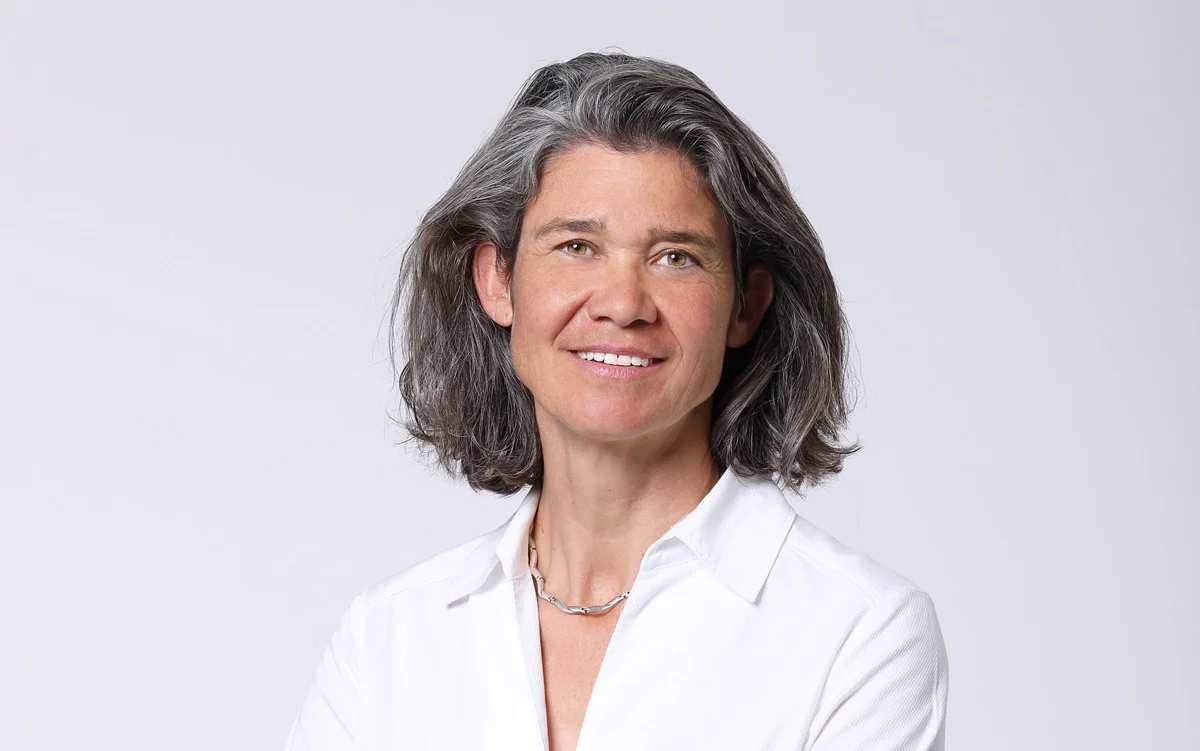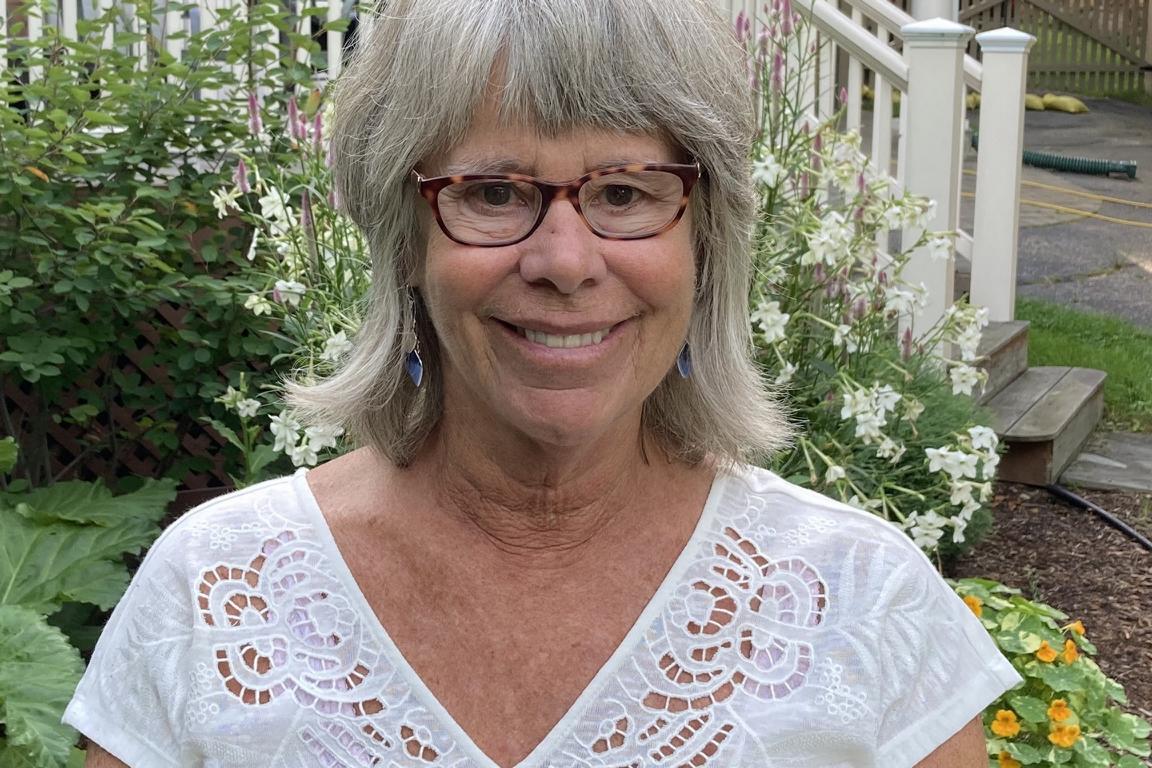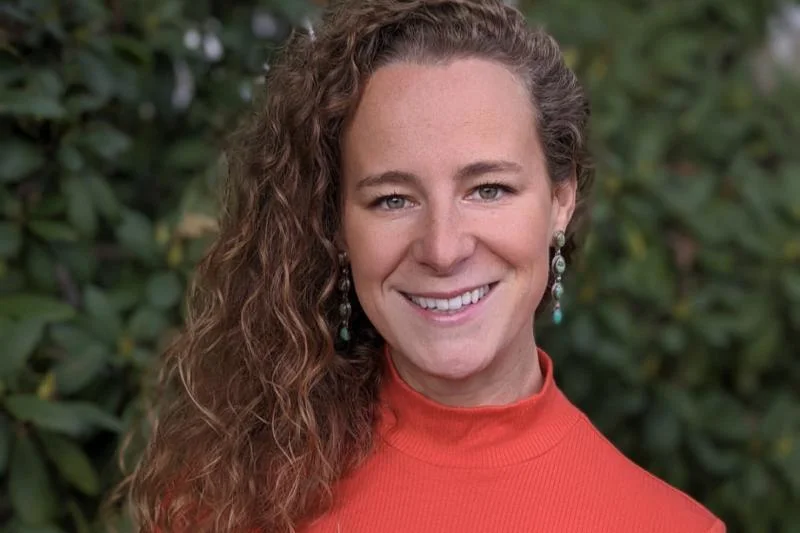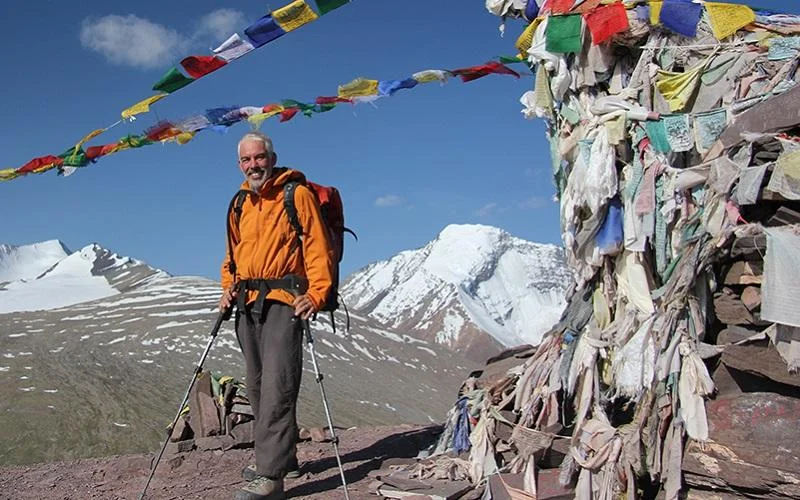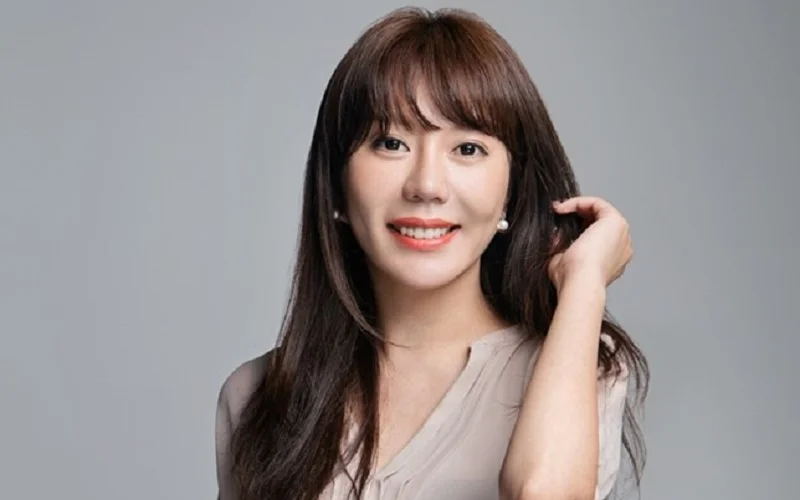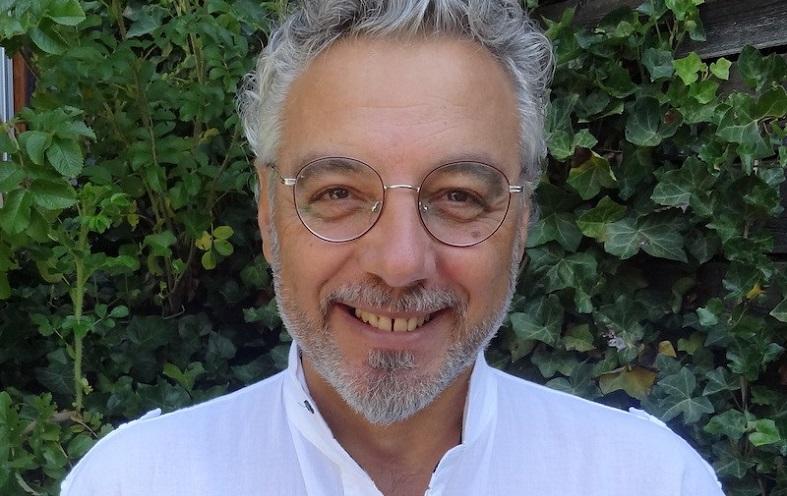
Achieving desirable outcomes in community development projects is more than just strategizing and setting objectives. Given the rate at which sustainability-based projects fail to accomplish the intended goals, it is important to improve the way things are done.
Marcus Curcija, Managing Director of Insight Into Impact (formerly Third i Management), helps organisations and governments align with the United Nations Sustainable Development Goals through data visualization. He has made it his mission to boost the outcomes of community development projects through stringent measurement and monitoring standards. In this interview portrait, he illustrates how data-driven insights, social impact assessment, and accountability can aid overall decision-making to derive the best outcomes. He explains the advantages of data visualization and the need for an open communication channel with community members to ensure their voices are heard. Marcus also talks about ways to curb “impact-washing” and to monitor impact investment, in terms of whether it is generating valuable social and environmental impact alongside a financial return.
Marcus, as a consultant and software developer you combine your passion for community development with the need to measure social impact – something which projects aimed at promoting sustainable development sometimes lag. What inspired you to pursue this career path?
My passion for community development sprouted from my roots growing up in the Pennsylvania rust belt. As the unemployment rate rose, the population continued to sink and the opportunities for prosperity seemed to be eradicated from the region. I continued to ask myself if anyone was paying attention to the increasing percentage of individuals and families that were doing it tough.
Driven by wanting to understand how community dynamics can impact economic growth, for my PhD I focused on conflict management during community-based tourism initiatives. From this, I was able to better understand how the perceptions of stakeholder groups could influence a project’s success. I evaluated examples from across the globe before landing consultancy and managerial contracts.
I found the lack of accountability between organisations, their beneficiaries, their reporting, and their funding agencies to be alarming. A lot of organisations were not measuring their impact or gaining an appreciation for whether or not their services were even needed, and companies were not getting input from the community.
I came across many organisations that used storytelling to validate their existence. Storytelling is a great marketing tool; however, when trying to understand the impact, it does not convey the whole picture. Typically, the story only covers the most beneficial aspects that occurred for one particular stakeholder group or another.
I wanted to find a solution that encapsulated all stakeholder groups’ perceived impacts, particularly the project’s intended beneficiaries. For far too long their (intended beneficiaries) opinions have been overlooked, so I sought to find a way to place community input into the heart of decision-making.
I realised that the biggest opportunity for improving decision-making was in turning qualitative data into quantitative insights. So I sought a more complete means to obtain, synthesise, and present rich, robust data.
Fortunately, this means happened to co-exist with a new, exciting way to measure social impact. I was also able to use the outputs from my process to aid storytelling and more importantly validate claims of positive impact.
How important is data visualisation in influencing organisations to implement sustainability in their operations and economic strategy?
Let’s be honest, in a world where most of us are time-poor and accustomed to instant gratification, the vast majority of individuals aren’t keen to read reports. Plus, the decision-makers simply do not have the time to really understand the context or the dynamics that exist between stakeholder groups.
So, at Third i Management we found data visualisation to be a key component when influencing others to be more sustainable, socially, and environmentally conscious. We’ve found data visualisation much more efficient than reports because of three factors:
- understand the complexity that often exists within a dataset in a simplified way;
- significantly less time is required to become familiar with all of the content, and
- it eliminates many of the barriers that may exist with the reader, such as education level, professional experience, and cultural differences.
Reading about interrelationships can be confusing for our audience, which ranges from top-tier C-level executives to community members who scarcely speak English, if at all. What makes data visualisation so advantageous for Third i is its ability to clearly and concisely present ‘interrelationships.’ Complex scenarios are explained through ‘interrelationships.’
So using data visualisation, we are able to establish greater communication between stakeholder groups. Once these stakeholder groups can communicate, the possibility of collaboration becomes a reality.
While working in community development, I noted that often different stakeholder groups wanted the same thing, but were at a stalemate simply because they were unable to communicate their perspectives in a manner that made sense to the others. Unfortunately, as the conflict is occurring in a community setting, empathy goes out the window. Hence, I identified that if we could aid that communication through data visualisation, then empathy, mutual understanding, and collaboration would not be far off.
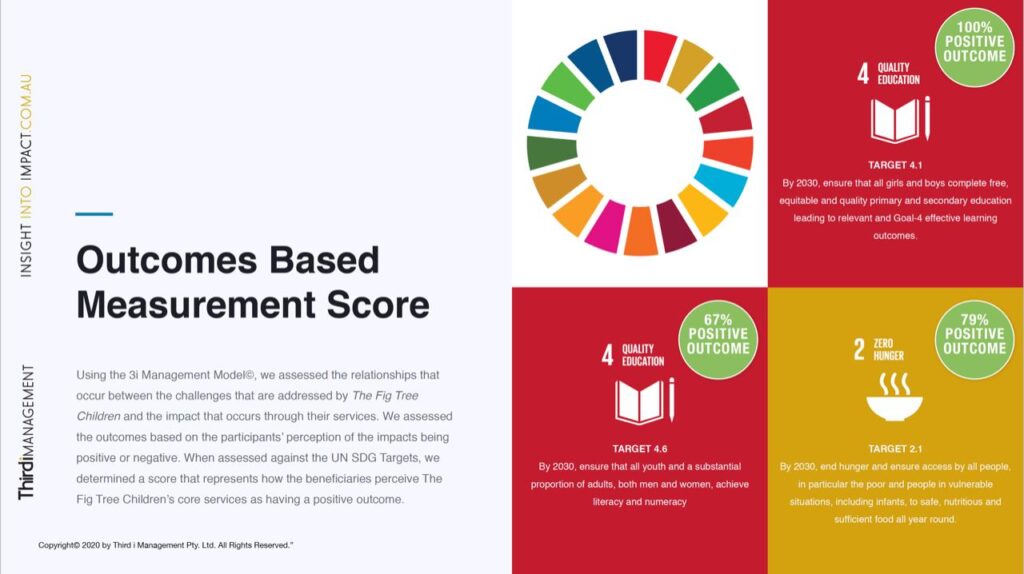
Individuals around the world have lost their livelihoods due to the coronavirus pandemic. How will this affect our ability to make progress in reaching sustainable development goals?
From what I’ve witnessed, the global consciousness seems to be awakening faster now than before the pandemic. That said, I say this from a place of privilege. So, when talking globally about what will it take to reach the SDGs, unfortunately, many, many people are doing it really tough and their livelihoods have been severely affected. However, I don’t think the pandemic has impacted our ability to reach them.
Let’s not be naive, the SDGs are and have always been GOALS. What was always needed and remains needed is for governments and the vast wealth and influence of the private sector to really step up. Unfortunately, here we are, less than 10 years away and very, very few countries have national policies to address the goals. News over the past few months does seem to indicate that more are working towards these changes now though.
There needs to be a prioritisation implemented by governments across the world that, if you are adhering to sustainable principles and practices, you are not taxed more for wanting better.
That is what I see as the biggest hurdle: purchasing power needs to favour the conscious consumer. They should not be charged extra for remaining a niche market.
I have been supporting the GOALS because I believe in them, I believe in people, I believe in coming together for the greater good and to fix this mess we are in. I believe in stepping up and doing what needs to be done to convince those that repute science and the necessary lifestyle changes. This is not a question about right or wrong, it’s a movement to make our own lives and everyone else on this planet healthier, happier, and communities more sustainable.
How keen are organisations and governments right now to invest in social impact measurement of sustainability initiatives, following the reduced economic activity through most of 2020?
In many ways, I think they are still trying to figure it all out. There are many organisations or individuals out there who say they can ‘measure’ social impact; however, many of them are measuring outputs. At Third i Management, we measure and monitor outcomes.
Among the biggest challenges to social impact measurement is the lack of a standardised approach that can be implemented at scale.
Another challenge that we frequently face is that organisations and governments are hesitant for us to identify how negative impact occurs, and what can be done better. I have to constantly remind them that we need to identify both what is being done well and not so well, to assess the context and provide solutions that will achieve greater outcomes.
Once they realise that measuring impact will help them more than hurt them, they are very keen. Only through measurement and monitoring are we able to experience sustained success.
Which of the UN sustainable development goals do you consider the most important to focus on right now – or are most passionate about?
I believe that a joint focus on Goal 11 (Make cities and human settlements inclusive, safe, resilient, and sustainable) and Goal 12 (Ensure sustainable consumption and production patterns) seem to address many of the focal points of the other Goals. Meaning, as you read down through the 21 Targets associated with those 2 Goals, everything from housing to waste management to inclusion & equality to air & water quality to recycling and the environment are covered.
Target 11.4 (Strengthen efforts to protect and safeguard the world’s cultural and natural heritage) is the one I am most passionate about. After all, there is an argument to be made that if mainstream culture learned from indigenous customs and land management, then many of the challenges that seem to be escalating throughout society and with land use would be mitigated over time.
From a professional standpoint, SDG Target 8.9 (By 2030, devise and implement policies to promote sustainable tourism that creates jobs and promotes local culture and products) and SDG Target 12.b (Develop and implement tools to monitor sustainable development impacts for sustainable tourism that creates jobs and promotes local culture and products) have been the focus of a Sustainable Tourism Campaign that we recently initiated at Third i Management.
We work a lot in the community-based tourism space and the pandemic has hit many people hard. Due to this halt in global travel, we are working with local community tourism groups, their industry, and government stakeholders to identify pre-pandemic challenges and impacts. We help them find common ground so they can start discussing and working towards a better tourism offering, ready to roll out once the pandemic is over.
Knowing that people are looking ahead, have hope, and still think about working together has helped bring some of our communities together and form a stronger bond in these tough times.
Economic sustainability is on everyone’s mind right now, do you anticipate growing interest in impact investing?
Yes, I do. Right now, people are more concerned about wanting to purchase from conscious companies. Well, the same goes for the funds, companies, and organisations that want to invest in opportunities that improve people’s lives or the environment, while also receiving a financial return.
What is holding impact investing back is the lack of a standardised approach to measurement. Investors are seeking greater accountability throughout the industry because they want fund managers and intermediaries to implement measurement and monitoring standards. A great deal of current and potential investors are seeking to better understand the impact that is occurring in the community as a result of their investment.
However, in the Annual Impact Investor Survey 2020 published by the GIIN (Global Impact Investing Network) a few months ago, half of the impact investors surveyed state that measurement remains a ‘significant challenge’ and nearly 40% still do not independently verify their impact, which means they have no idea if their investment is having any benefit on communities or the planet.
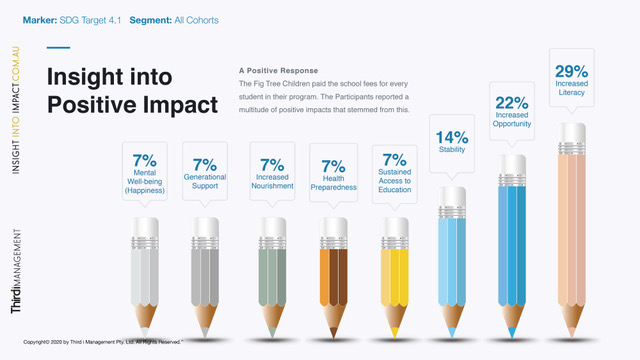
In our conversation before the interview, you mentioned the need to mitigate ‘impact washing’ and to aid ‘attribution’ – what do you mean by this, and how can it be done?
Great question, I’m glad you brought that up. Finding a solution to mitigate ‘impact washing’ was another one of our guiding lights when conceptualising Third i Management and the process we use.
‘Impact washing’ is when a company, organisation, or fund makes unsubstantiated claims about the positive impact they are making. They may do this through their reporting to obtain funding dollars or through the promotion of their existence (such as the speculative storytelling I mentioned earlier) and/or activities. Think about it as ‘sustainability fraud.’
In the GIIN Annual Survey 2020 that I previously mentioned, 66% of the impact investment industry’s top professionals consider ‘impact washing’ to be the biggest challenge to the industry.
In an act of fraud, companies are stating that they are doing something good for the world when it could not be further from the truth. They also greatly over-exasperate their claims, their impact to bring in money. Hence, by making these claims, they are attempting to gain market share.
However, I’m happy to say that many consumers and investors are growing more sophisticated – seeking companies to measure and provide proof of their impact. That is where we (Third i Management) come in.
Attribution is what more sophisticated impact investors seek from their investment. It is a means to give value to a portfolio, which consists of gaining insight into the quantifiable benefits of that fund in the lives of its intended beneficiaries. No longer is taking someone’s word for it good enough. These investors seek attribution through measurement.
Our form of measurement takes into account the perspectives of the beneficiaries, as well as other stakeholders associated with the project, to determine outcome-based measurement scores, which are used to demonstrate how the impact of a project is being perceived.
Which aspects of being an impact consultant do you find the most rewarding? And which the most challenging?
I enjoy working with social enterprises and community groups. It is very rewarding to hear about the positive impacts that have ensued following the delivery of our insights and solutions. Nothing is more personally and professionally rewarding than to give back to the community.
Concerning challenges, when it comes to social impact, many people simply do not understand what it means or why it is important to evaluate. Quite often they think they are doing enough because they are doing what has historically worked for their position or organisation. However, that is why so many sustainability-based projects have failed or not reached the success that was intended. Thus, sometimes trying to convince others about the importance of measurement can be challenging, but absolutely rewarding once they embrace/accept the change.
The same goes for informing people about the importance of the Sustainable Development Goals. It’s truly a victorious feeling when you help an organisation realise that they can align with the Goals to grow their market share, build a better internal culture, and bring benefits to the world.
Anything else you’d like to mention?
For far too long, decision-making has been a top-down exercise. That’s shameful. It is of absolute importance that the perspectives of those being impacted by a project are considered and used to formulate the decision intended to benefit them.
Nobody has the right to tell a group how they should live or what they need. Although it happens inadvertently, by not listening to the collective voice of the community, too many companies are forcing their opinions and placing their needs in front of those who live there.
I’ve heard too many times how hard it is to get input from some community groups. That’s absolute rubbish. I have never faced any challenges when obtaining the input that I need for an assessment. It comes down to this: Be honest, build trust by being authentic and empathetic, value their viewpoint and their voice. Listen without judgement or expectation.
Only through taking into account the community’s perspective, by understanding their wants and needs can true success, and subsequently sustainability, be achieved. It’s important to not forget that we are all on this journey together.
Thank you, Marcus.
Connect with Marcus Curcija on LinkedIn and find out more about his work on the Third i Management website.
Enjoyed our interview with Marcus Curcija on how data visualisation and impact measurement can help sustainable development success? Thanks for sharing!

